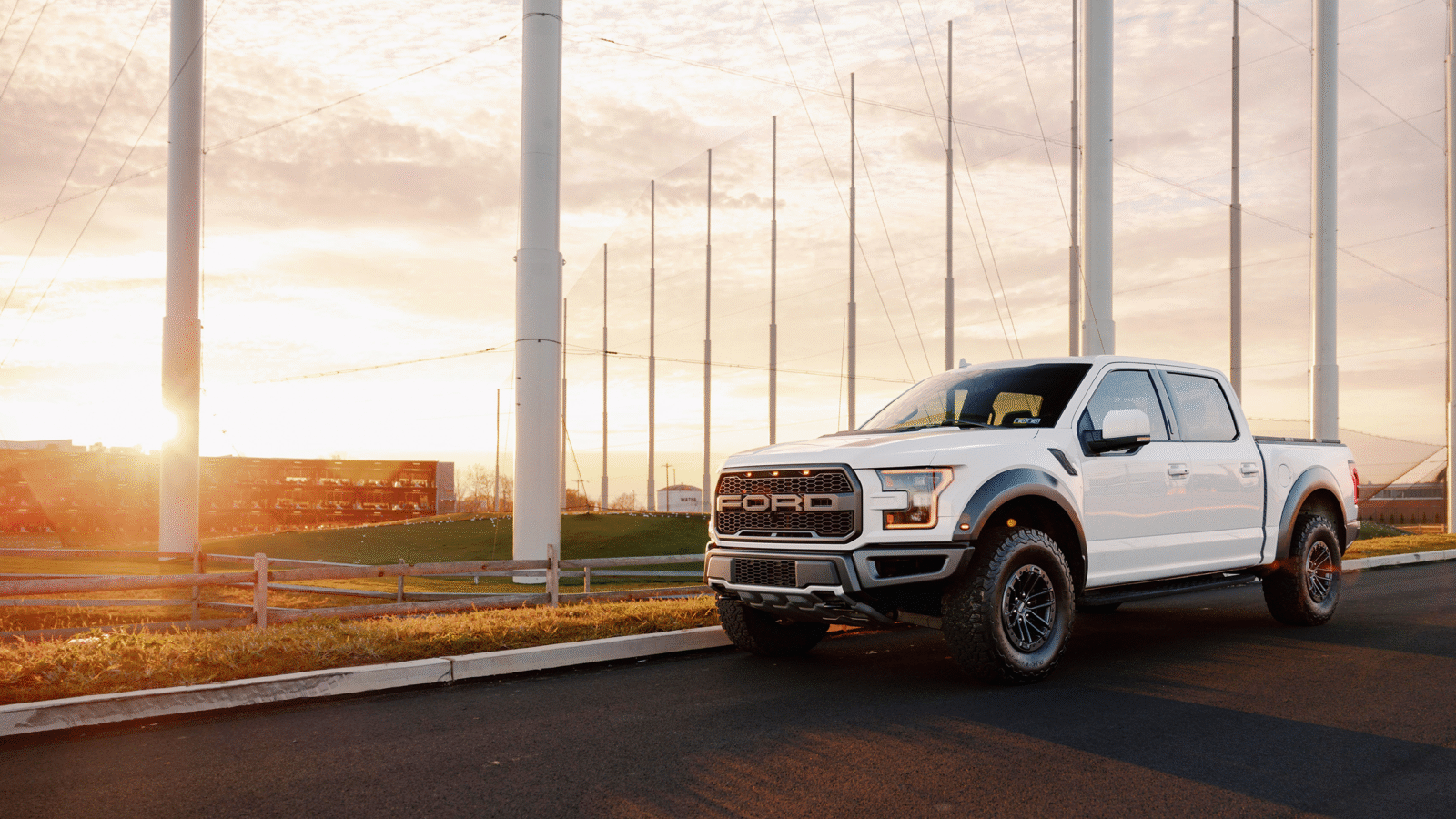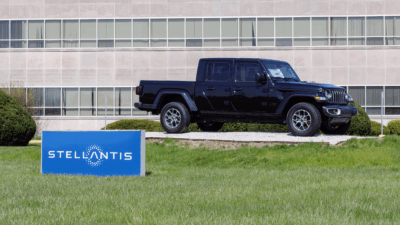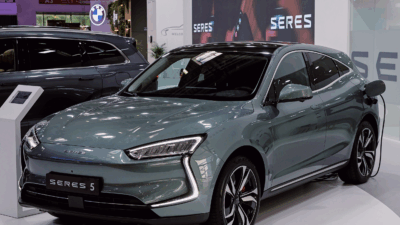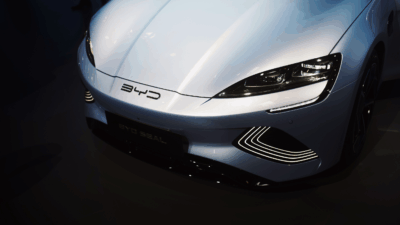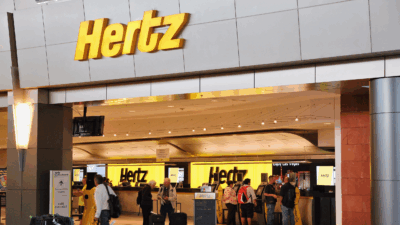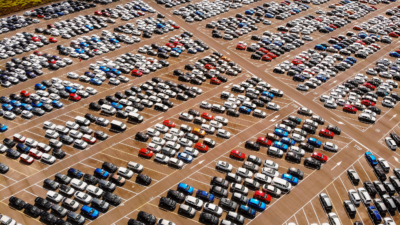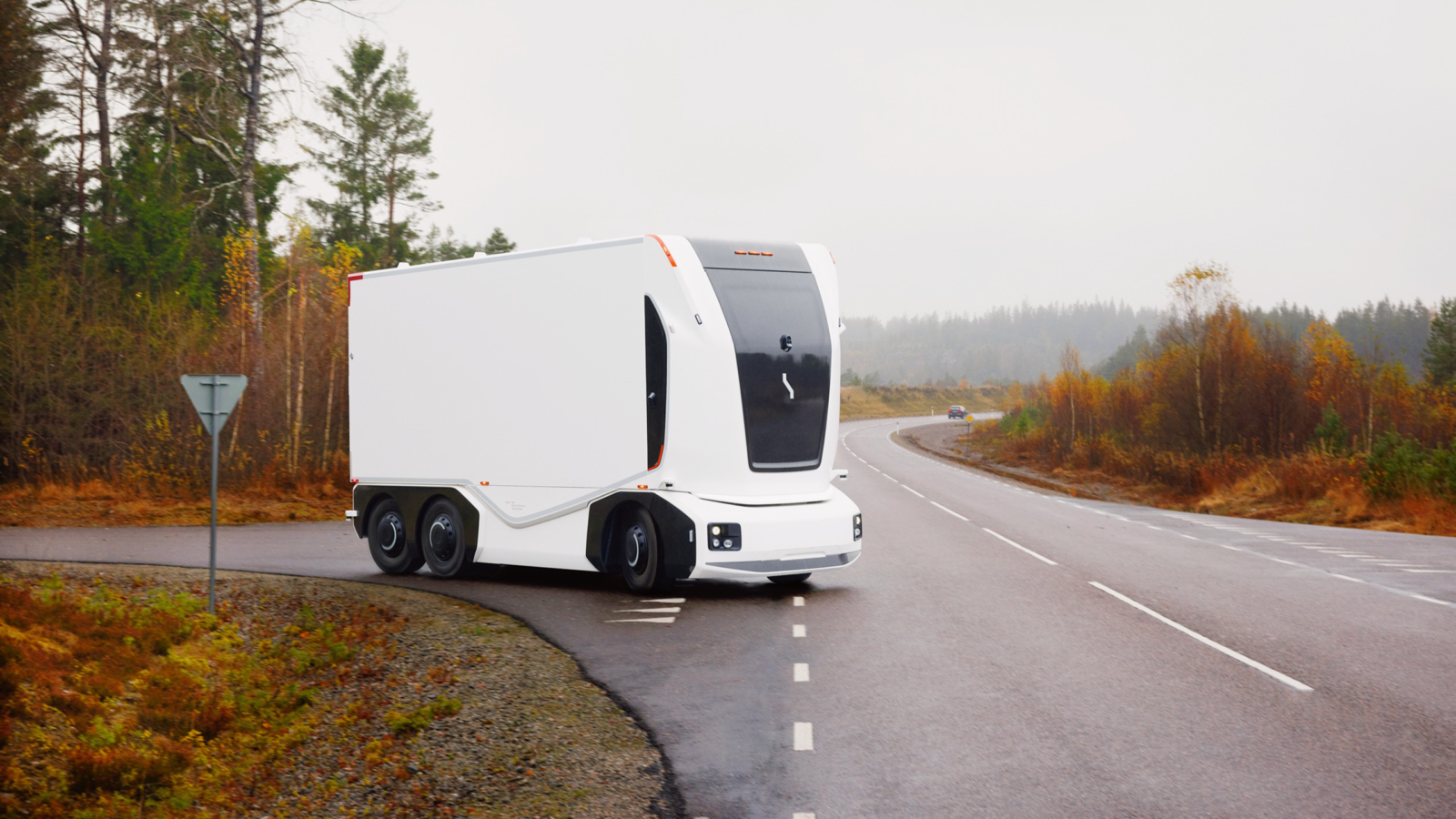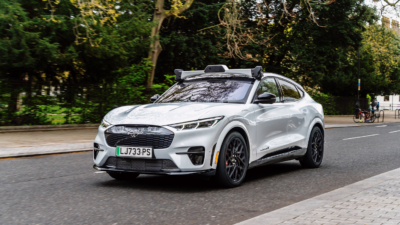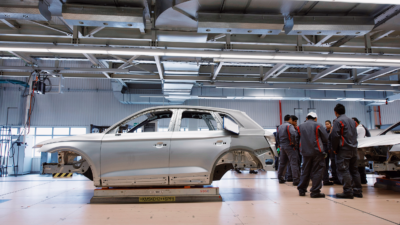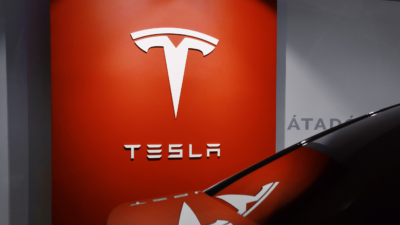
Sign up for smart news, insights, and analysis on the biggest financial stories of the day.
US driving fatalities fell to 10,590 in the second quarter, down from 11,135 in the same period last year, but they remain a scourge to humanity.
Swedish automaker Volvo, a perennial safety leader, thinks we can do better. The carmaker announced that all future models will be outfitted with laser-based sensors, known as lidar, which they say will cut serious accidents in their vehicles by 20%. Skål to that.
See The Light
Lidar, which stands for light detection and ranging, is a remote sensing technology that uses pulsed lasers to create high-resolution images to capture an accurate 3-D view of the world. Cars outfitted with lidar can sense their surroundings and avoid obstacles like pedestrians, but high costs (a single lidar sensor can run over $1,000) mean the technology has largely been employed only by self-driving and commercial vehicles — rather than as an extra safety feature in regular old human-operated cars.
Still, analysts expect the use of safety sensors will soon become more commonplace; in the EU cars will soon be mandated to come with obstacle-activated emergency braking capabilities by law, and companies including BMW and Mercedes have announced lidar in certain models.
Volvo, which became the first carmaker to introduce three-point seatbelts in the 1950s, is looking to cement its place as a safety leader:
- The electric version of its flagship XC90 sport utility vehicle, the EX90, will feature a lidar sensor that allows it to see “a black tire on a black road at 120 meters ahead, or a pedestrian at 250 meters,” according to Volvo boss Jim Rowan.
- That will give the car an extra 3-4 seconds of decision time and will reduce collisions by an estimated 9% and fatal or injury-inducing accidents by 20%. Volvo added it is “intent” on rolling out the tech to all future models.
Lidar Contrarian: Tesla CEO Elon Musk has come out strongly against Lidar technology, claiming that “anyone relying on LIDAR is doomed…it’s like having a whole bunch of expensive appendices…in my view, it’s a crutch that will drive companies to a local maximum that they will find very hard to get out of.” Instead, Tesla uses cameras and radars to inform its automated driving features – and presumably cut back on the doom.
